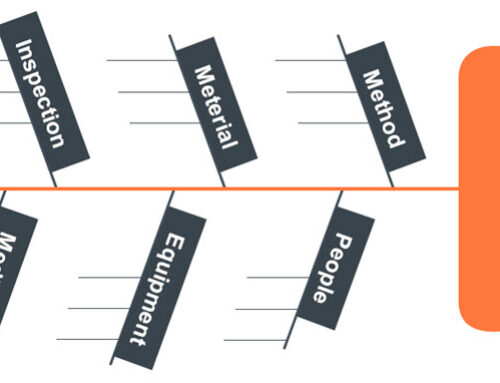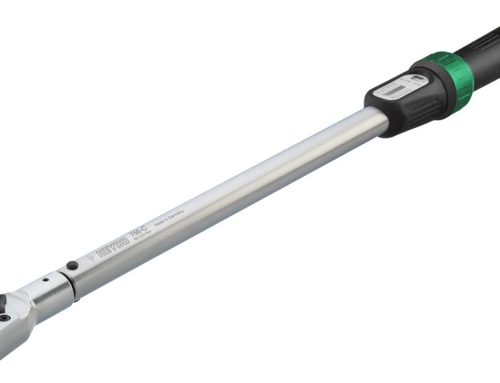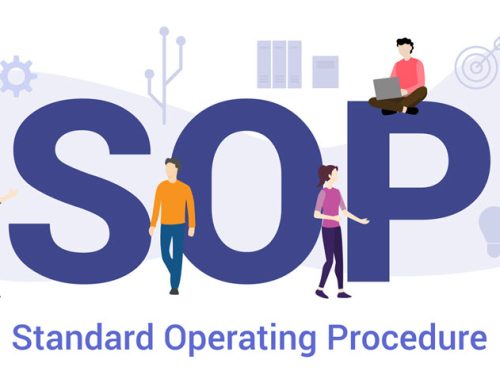Internal auditing is the process of evaluating an organisation’s internal controls, processes and systems, to ensure that they are operating effectively and efficiently. For manufacturing companies, implementing an internal audit program can bring numerous benefits, such as identifying areas for improvement, detecting, and preventing errors or fraud, and ensuring compliance with regulations and standards.
Determine the Scope of the Internal Audit Program for Manufacturing
The first step in implementing an internal audit program is to determine the scope of the program. This involves identifying the key processes and systems that will be included in the audit and establishing the frequency of the audits. For example, you may want to audit the quality management system, the procurement process and the financial reporting process on an annual basis.
It is important to carefully consider the scope of the internal audit program to ensure that all relevant areas are covered. You may want to consider factors such as the complexity of the processes and systems, the level of risk they present, and any regulatory or industry requirements when determining which areas to include in the audit.
Develop the Audit Plan
Once you have determined the scope of the internal audit program, the next step is to develop the audit plan. This involves determining the audit objectives and criteria, identifying the resources needed for the audit (e.g. personnel, budget), and developing the audit schedule.
The audit objectives should be specific and measurable, and should align with the overall objectives of the organisation. The audit criteria should be based on relevant standards and regulations, as well as any internal policies and procedures. It is important to carefully plan the audit to ensure that it is conducted effectively and efficiently.
Conduct the Audit
The next step is to conduct the audit. This involves gathering and reviewing relevant documents and records, observing processes and systems in action, interviewing employees and management, and analysing the results to identify any issues or areas for improvement.
It is important to have a structured and systematic approach to the audit to ensure that all relevant areas are covered and that a thorough evaluation is performed. You may want to consider using a standardised audit checklist or template to ensure that all audits are conducted consistently.
During the audit, it is important to gather sufficient evidence to support the audit findings and recommendations. This may involve reviewing documents such as policies and procedures, contracts, invoices, and other records. It is also important to observe processes and systems in action and to interview employees and management to get a well-rounded understanding of how the organisation operates.
Report the Audit Findings
Once the audit is completed, the next step is to prepare a report detailing the audit findings and recommendations for improvement. The report should include an overview of the audit objectives and criteria, a description of the audit process and findings, and a list of recommendations for improvement.
The report should be presented in a clear and concise manner, with a focus on the key issues and recommendations. It should also include any relevant supporting documentation, such as copies of documents reviewed or interview notes.
Follow-up on the Audit Findings and Recommendations
The final step in the internal audit process is to follow-up on the audit findings and recommendations. This may involve implementing any necessary corrective actions and monitoring the effectiveness of the corrective actions to ensure that they are effective in addressing the issues or areas for improvement identified during the audit.
It is important to establish a system for tracking and reporting on the progress of the corrective actions to ensure that they are completed in a timely manner. You may want to consider setting up regular check.
In conclusion, implementing an internal audit program for manufacturing companies can bring numerous benefits, such as identifying areas for improvement, detecting and preventing errors or fraud, and ensuring compliance with regulations and standards. By following the steps outlined above, you can establish an effective and efficient internal audit program that helps your organisation operate more effectively and efficiently. It is also important to regularly conduct internal audits and follow-up on the findings and recommendations to ensure that your organisation continues to improve and meet its objectives.






